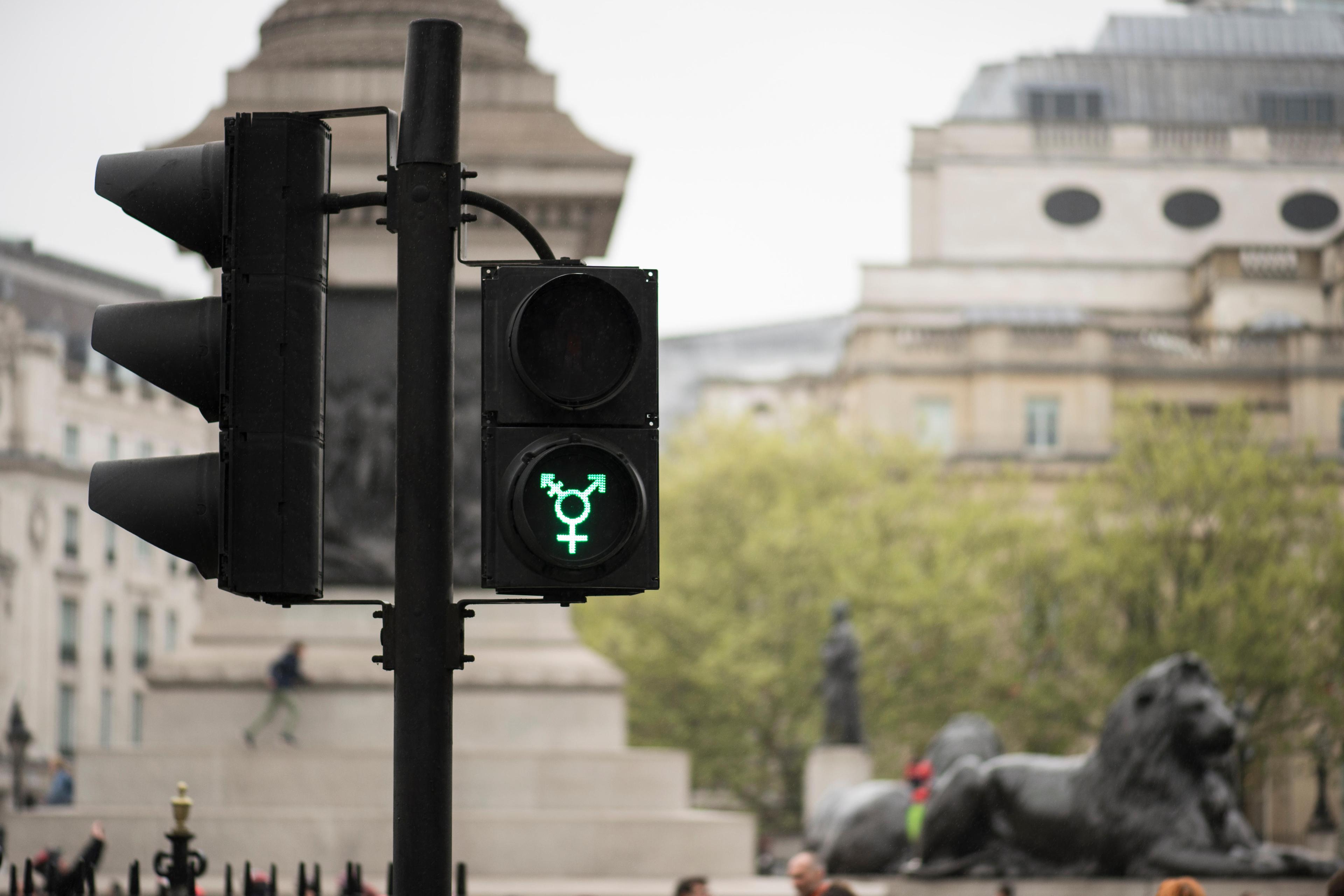Browsing Spotify for music to pull me through the slog of a grey February in New York, I came across the work of Labi Siffre, a 1970s artist I had never heard of. I was immediately taken with his delicate voice and simple, intimate musical arrangements.
Shortly after my precious discovery, Labi Siffre turned up in random places. I heard his crooning in coffee shops, a friend put him on at karaoke, and the singer-songwriter Lucy Dacus mentioned him as an artist who epitomised yearning. Labi Siffre was following me. Or at least that’s how I’d think about it if I didn’t know better. Instead, I thought: Baader-Meinhof.
The Baader-Meinhof phenomenon, also known as the frequency illusion, is a type of cognitive bias where, once you learn about something – such as a word, person or concept – you start to notice it more frequently. Your best friend clues you in on a slang term, and suddenly you see it endlessly in your feed. Your brother recommends a supplement, and you start repeatedly hearing ads for it. It feels eerie, especially if you don’t have a name for what’s happening.
Terry Mullen recalled feeling similarly when, after learning about a 1970s terrorist group called the Baader-Meinhof Gang, he encountered another mention of them the next day. He wrote to a newspaper about it in 1994. About a decade later, a Stanford professor proposed that a mix of selective attention and confirmation bias explains why something you are newly aware of might seem to happen all the time.
I first learned about this phenomenon in a psychology class at university. Today, when I feel it in action, I mutter ‘Baader-Meinhof’ under my breath. It helps me notice what I’m noticing, and the knowledge that my brain is primed for recognition dispels the feeling that I’m being sent some coded, mystical message – musical or otherwise.










